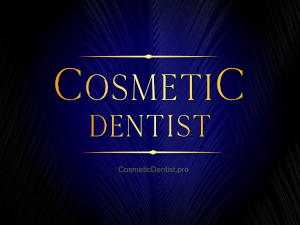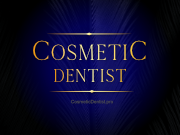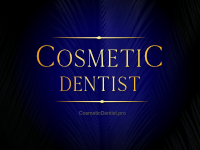Cosmetic Dentistry
What is Cosmetic Dentistry?
Cosmetic dentistry is a general term that encompasses a range of dental treatment procedures which can be used to achieve an overall pleasing aesthetic appearance for a person’s smile. If cosmetic dentistry is planned well, it should consider all aspect of the persons smile;
Teeth including their colour, shape and position.
Gums including their contour and shape.
Lip shape and how they complement the teeth and face.
Good ‘cosmetic dentistry’ seeks to create a balanced harmony between the specific elements of a persons face and smile, whilst promoting good overall health with a conservative (protective non-detrimental) approach.
What is the difference between General Dentistry and Cosmetic Dentistry?
Dentistry is defined as the treatment of dental disease (tooth decay etc…) and whilst cosmetic dentistry is more focused on the cosmetic aspects of the teeth, gums and oral health i.e. the cosmetic/ aesthetic outcome. Notably any long term solutions should be mindful of standard (disease treating) dentistry treatment also.
So, what is ideal? Shapes, Colours and Shades
These need to be considered together in order to create an appealing overall appearance. For instance certain tooth shapes, sizes and positions suit certain face shapes and can hence look very out of place if not planned well.
A “smile makeover” is a common term used to describe the planning and treatment procedures of a Cosmetic Dentistry which may also include other non-tooth related factors (gum treatment etc…).
Types of Cosmetic Dentistry
Cosmetic Dentistry/ Smile Makeovers generally consist of one or more of the following treatments;
- Tooth whitening – a bleaching procedure that can lighten discoloured teeth and remove staining, giving them a whiter appearance.
- Orthodontic treatment – is used to treat tooth irregularities by a combination of teeth repositioning, straightening, rotation and tilting.
- Direct restorations – Tooth Coloured filling material can be used to create composite veneers which can alter teeth shape, shade and close gaps.
- Indirect restorations (porcelain veneers, crowns etc…) – these are made by a laboratory technician and can be used for changing tooth shapes, sizes, shade and for the correction of smaller irregularity of teeth position.
- Soft Tissue/ Gum Surgery – can be used to re-contour gums or correct gum levels as part of a cosmetic dentistry treatment plan.
- Oral surgery – in some circumstances this may be used as part of a cosmetic dentistry treatment plan for example if a tooth needs to be extracted or in cases where there may be benefits if some underlying bone is re-contoured to permit greater tooth visibility (as seen with crown lengthening).
- Non-surgical facial aesthetics – a slight addition of a dermal filler into the lips to correct an asymmetry can really help to frame a beautiful smile.
Planning Cosmetic Dentistry Treatment
It sometimes helps to consider a person’s smile as a theatre, with the person’s;
- Facial skin and lips as the theatre side wings/ curtains,
- Gums representing the stage
- Teeth therefore representing the players (actors).
All of the factors need to be considered together to create a fantastic show and achieve a natural healthy smile that does not compromise the patients health.
Psychological Aspects of Dentistry
Cosmetic dentistry like other types of dental treatment will have an impact on the patient psychology. The overall desired outcome should be to have a wholly positive impact however cosmetic dentistry does have its limitations and associated risks.
The reality of what could be achieved realistically must be understood and taken into account when deciding if a patient should proceed with cosmetic dentistry and if so which type or combination of treatments. Perhaps the keys to ensuring that the patient is happy with the cosmetic dentistry or indeed dental treatment is to make sure that a number of factors are present. The patient should;
- Ensure that they trust the clinician who is advising them, planning the treatment and carrying out the clinical work and review.
- Feel comfortable within the clinical environment.
- Believe that the practice staff are there to help and support them throughout the treatment and after.
- Have educated themselves with enough information to make a balanced and well judged decision regarding the options available, so that they become “informed”.
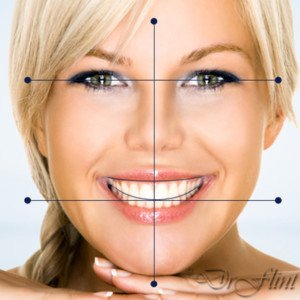

Before

After
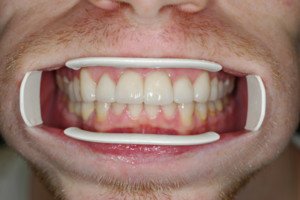
Before

After

Before

After
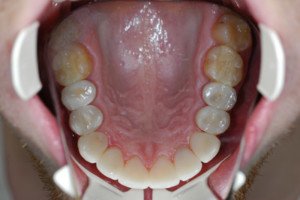
Before
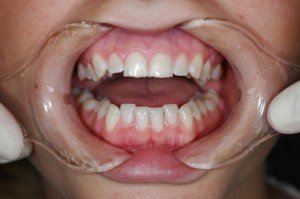
After
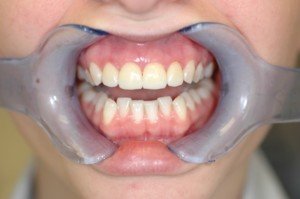
Before

After
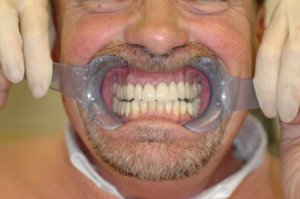
Before

After

Tooth Coloured (Composite) Fillings

